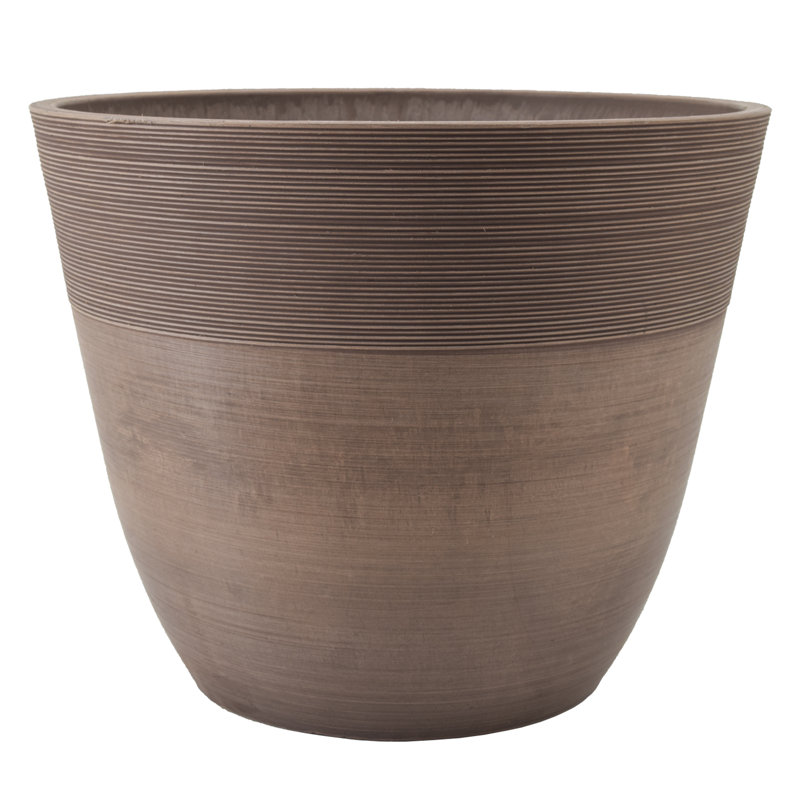How to grow butterfly bush in pots – for a fast-growing shrub that will fill containers with joyful color this summer
Growing butterfly bush in pots will fill your yard with bees and butterflies
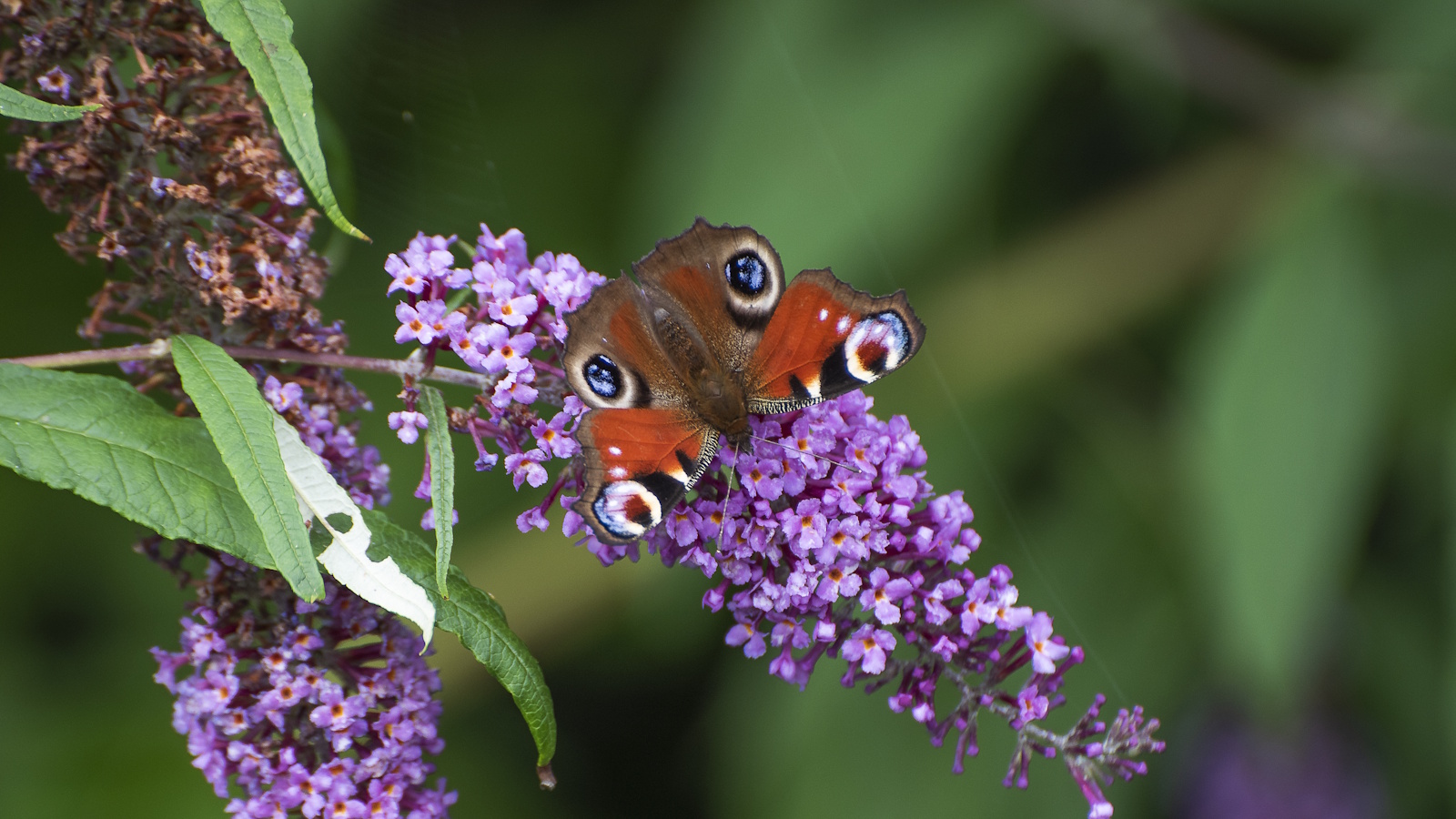

Buddleia is often dismissed as a weedy shrub, spotted growing in cracks by railway tracks or abandoned car lots. But I think we should give more time to this flowering plant. Yes, it is tough and vigorous, but in a garden setting, it can be transformational.
As you might have guessed by the name, it is a magnet for pollinators. This is because the flowers produce copious amounts of nectar, so it is no wonder that butterflies, bees and other pollinators can't stay away. A few years back, I grew a dwarf variety called ‘Royal Purple’ in an old terracotta pot on a sunny London balcony. Planted alongside orange dahlias and pale yellow cosmos, it was a riotous scene. Loud and joyful, humming and buzzing with insect life.
So, if you’re looking for easy, low-fuss shrubs that thrive on neglect with a blast of color, learning how to grow butterfly bush in pots is a good idea. Here's everything I know about growing this resilient plant.

How to grow butterfly bush in pots
For long-lasting color, butterfly bush, in my experience, is hard to beat. These flowering shrubs can put up with almost any conditions, thriving in full sun and poor soils.
While it is easy to learn how to grow butterfly bush in pots, there are a few rules to follow when thinking about container culture. Here, I share some of the lessons I have learned when working as a gardener over the last decade.
Growing advice for butterfly bush in pots
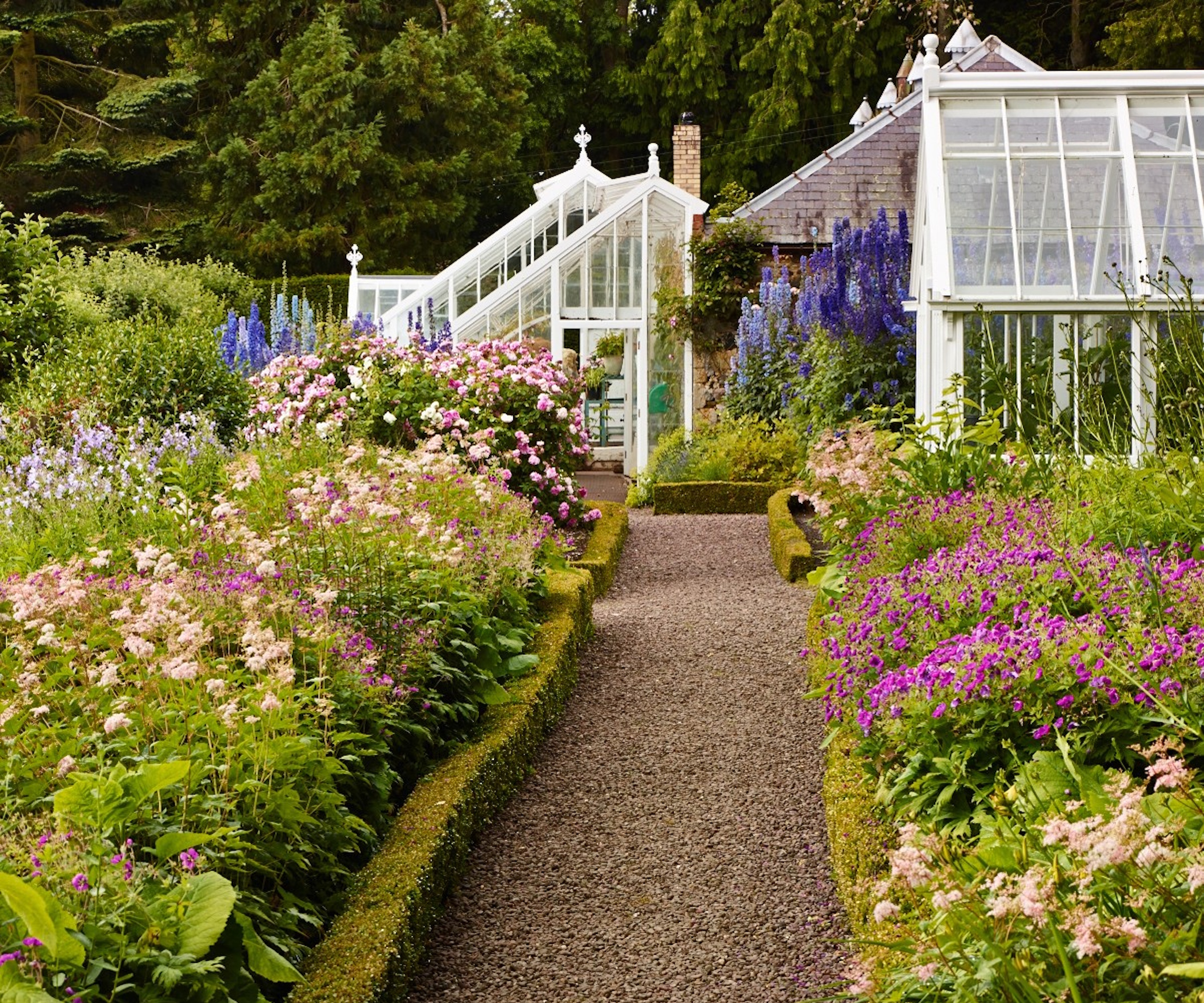
To begin, choose a large pot, at least 12 to 16 inches wide, with a good-sized drainage hole. Providing plenty of room to grow will prevent you from having to repot for two or three years.
Next, fill it with some potting compost and grit or perlite to keep the container free-draining. While it is true that butterfly bush can grow in poor soil, adding some high-quality potting soil to the container will give your shrub the best start.
Design expertise in your inbox – from inspiring decorating ideas and beautiful celebrity homes to practical gardening advice and shopping round-ups.
Use something like this organic potting soil from Whitney Farms, available at Walmart.
Remember that these are flowering shrubs for full sun, so position your container in a spot with at least six hours or more of direct sun. Most butterfly bush, or Buddleia, species are fully hardy down to zone 5, so you don't need to worry about winterizing in most US states.
Deep watering is recommended after planting. While butterfly bush is drought-tolerant once established, young plants will need regular water in the first few weeks.
Ongoing care for butterfly bush in pots
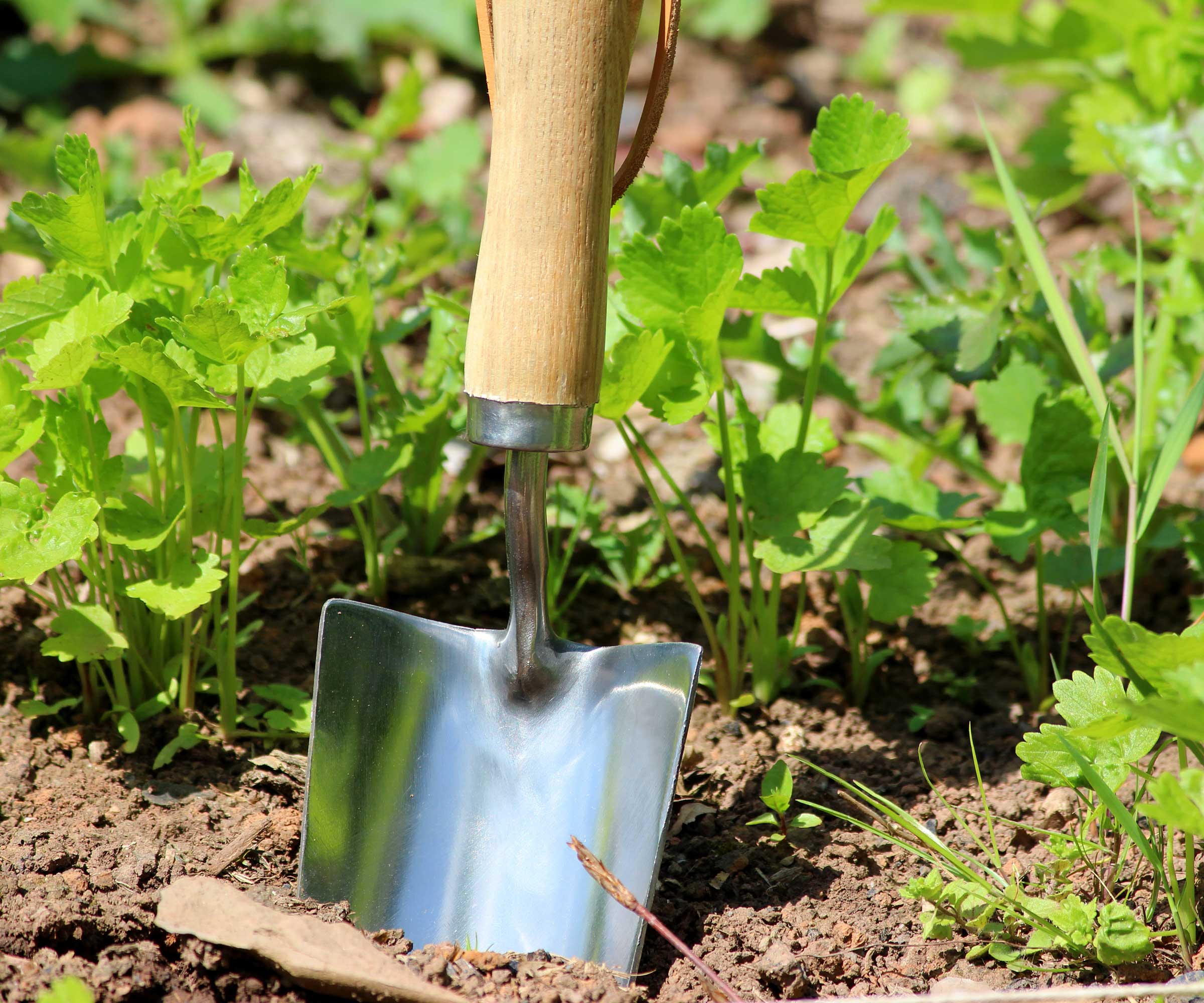
Do not let your butterfly bush pots completely dry out during summer, as this can damage your shrubs. I would recommend keeping an eye on your container displays every day during July and August, touching to soil to ascertain if they need a drink.
In my experience, there is usually no need to fertilize butterfly bush plants that are growing in borders, and they can typically access what goodness they need from the soil. Remember, these shrubs can grow almost anywhere (even on train tracks), so feeding when it is not necessary is a fertilizing mistake.
However, when growing in pots, butterfly bushes will benefit from an application of flower feed once a month during the growing season.
Try something like this organic bloom booster fertilizer by Espoma, available from Amazon, which will help to encourage your butterfly bush to produce plenty of colorful flowers.
In terms of when and how to cut back shrubs, butterfly bush can be trimmed in late winter or early spring, after the final frost but before new growth emerges. Remove any dead and damaged stems, and thin the branches to allow for air circulation.
Best butterfly bush varieties for pots
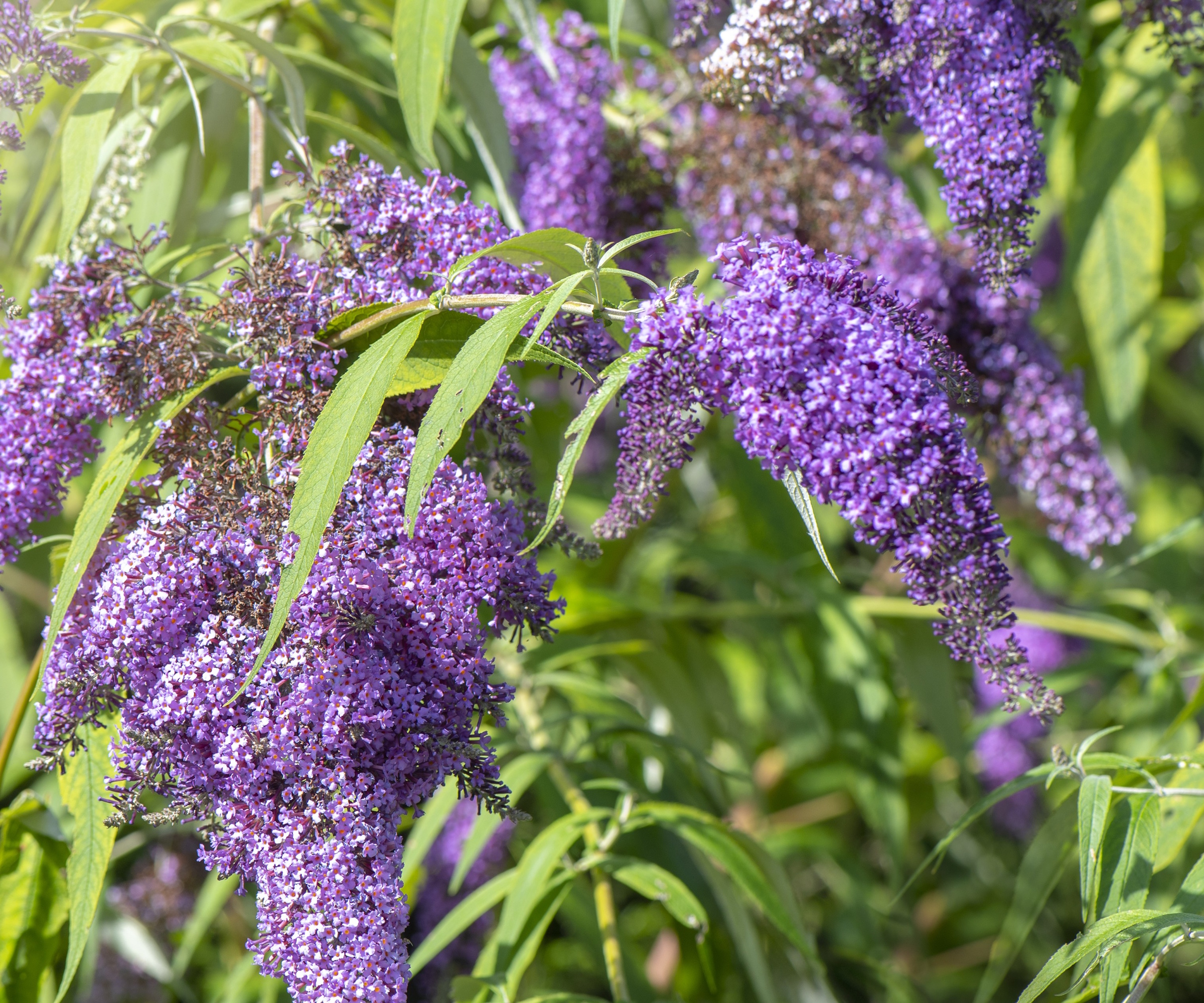
For pots, stick to compact or dwarf varieties that stay under five feet. One of my favorites is ‘Royal Red’, a striking magenta-purple variety with dramatic flower spikes. It’s fantastic when paired with bold summer annuals.
There are also many purple dwarf options, such as this dark purple variety, 'Midnight Butterfly', with live plants available from Nature Hills.
‘Lo & Behold Blue Chip Jr.’ is another compact, sterile cultivar bred specifically for containers. It stays low, flowers for months, and won’t self-seed. A bonus if you’re worried about invasiveness.
This 'Pugster Pinker' butterfly bush, live plants available from Proven Winners via Amazon, is also a dwarf specimen and will grow no more than three feet tall. This low-growing option is another ideal pick for smaller yards.
FAQs
Are butterfly bushes invasive?
Yes, some species are invasive, including Buddleia davidii, which is often seen growing in urban centers and through paving cracks. Luckily for us, botanists have bred new varieties in recent decades that are less vigorous and sterile. For example, the 'Lo and Behold' series is a good non-invasive option to try when growing in pots.
While exact hardiness will vary from species to species, most butterfly bush plants do not need protecting in the winter, and can cope just fine with ice, snow and frost.
Just keep an eye on any recently planted specimens in their first year, which can benefit from being moved to a sheltered corner in the yard during December and January while they establish.
For more container plant inspiration, see our guide on how to grow star jasmine in pots, and fill your walls and fences with fragrant flowers this year.
Shop your essential kit

Thomas is a Content Editor within the Gardens Team at Homes and Gardens. He has worked as a professional gardener for both public spaces and private estates, specializing in productive gardening, growing food and flowers. Trained in Horticulture at the Garden Museum, he has written on gardening and garden history for various publications, including The English Garden, Gardens Illustrated, Hortus, The London Gardener and Bloom. He has co-authored a Lonely Planet travel book, The Tree Atlas, due out in 2024.
You must confirm your public display name before commenting
Please logout and then login again, you will then be prompted to enter your display name.


